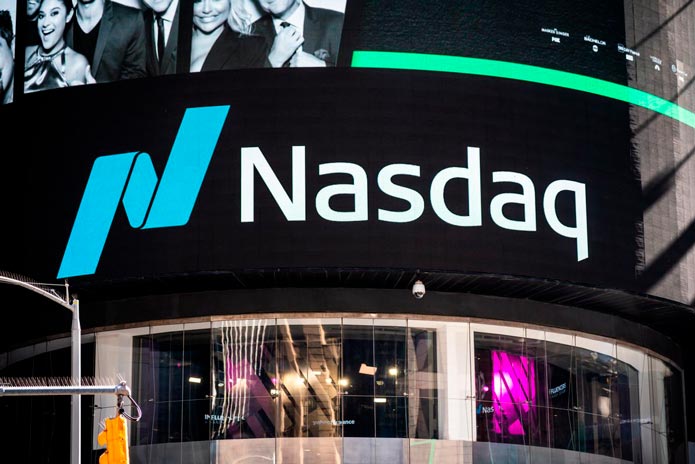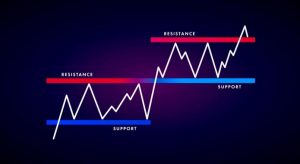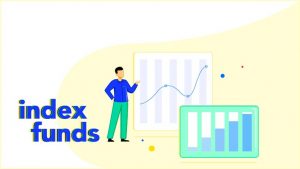The NASDAQ is a stock exchange established in the United States in 1971. The word stands for National Association of Securities Dealers Automated Quotations. It was formed to offer a more efficient and convenient alternative to the brick-and-mortar stock transaction system where investors physically appear to the stock center to transact.
As its name implies, the National Association of Securities Dealers, the founding organization, introduced automated quotations in trading stocks. In the following years after its inception, however, it introduced and facilitated over-the-counter (OTC) trading on a regular basis. This was when the NASDAQ started to be known as the OTC market as the media back then would call it.
Today, the NASDAQ is popularly referred to as the second-largest stock exchange in the world (when we consider the values of the securities in the exchange) and stands as the largest electronic stock market.
The NASDAQ’s Market Tiers and Composition
As of date, the NASDAQ is composed of around 3,200 publicly traded companies coming from different sectors including consumer durables and non-durables, finance, healthcare, transportation, energy, public utilities, technology, and capital goods. The NASDAQ is known as the domicile of high-tech stocks.
Companies getting listed under the NASDAQ stock exchange pass through a set of financial criteria. A firm should maintain a $1 minimum stock price with the value of outstanding stocks amounting to at least $1.1 million.
Aside from the financial aspect, other requirements that a security needs to tick the boxes include being registered with the Securities Exchange Commission, having at least three market makers, and company size and trading volume consideration.
Based on these requirements, securities are classified under three market tiers or grades: Global Select Market, Global Market, and Capital Market.
The highest among the three is the Global Select Markets where firms pass the highest standards set by the NASDAQ. The Global Market is the mid-cap market where some U.S. and other international firms are classified. Capital Market, previously called as Small Caps Market, is where firms of small market capitalizations get listed under.
Looking into the composition, the NASDAQ is heavy on tech stocks and is one of the major reasons for the stock exchange’s success in the last two and a half decades.
How to Trade on the NASDAQ
Through a market maker, traders can buy and sell stocks over-the-counter. The market maker holds a certain amount of stock in his or her books. When purchasing shares, the investor or trader directly transacts with the market maker.
Powered by automated trading systems, trade transactions and volume are recorded and monitored for the entire trading hours. This means that trade executions can also be in automatic mode as preferred by the trader.
With the NASDAQ, listing fees are relatively lower compared to other stock markets. The maximum price under the NASDAQ is $150,000.
In comparison, the New York Stock Exchange is bigger than the NASDAQ in terms of market capitalization, but the NASDAQ has the highest trading volume among all U.S. exchanges. On a daily basis, the NASDAQ averages 1.8 billion trades.
NASDAQ Indexes
The NASDAQ is ruled by an index (a collection of stocks used to deliver a market performance snapshot). The NASDAQ has two indexes namely, the NASDAQ Composite and the NASDAQ 100.
The NASDAQ Composite Index is the most often quoted index by the media and the financial sector as it gauges the change in over 3,000 stocks traded on the exchange. Based on a 2020 report, the Composite Index yielded 100% and 343% five-year and ten-year returns respectively.
Meanwhile, the NASDAQ 100 is composed of the 100 largest firms (in terms of market value) that trade on the NASDAQ exchange. Every year, the list changes depending on the market value of the companies, thus making up the 100 largest firms.






